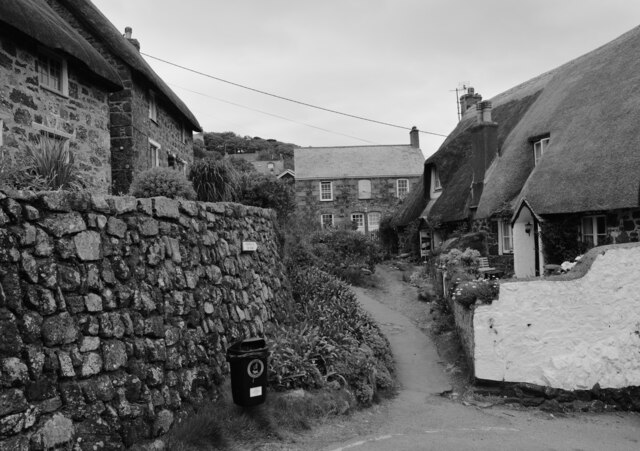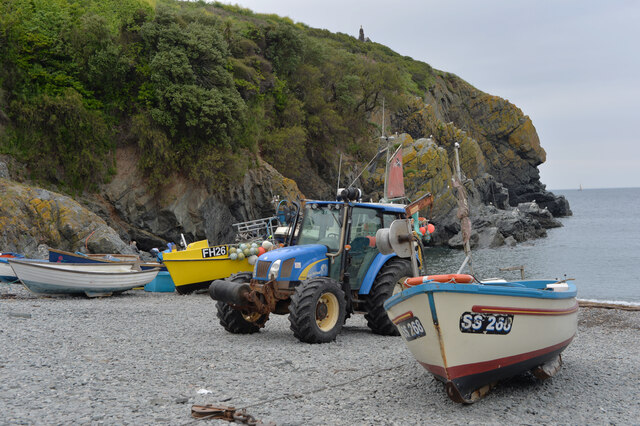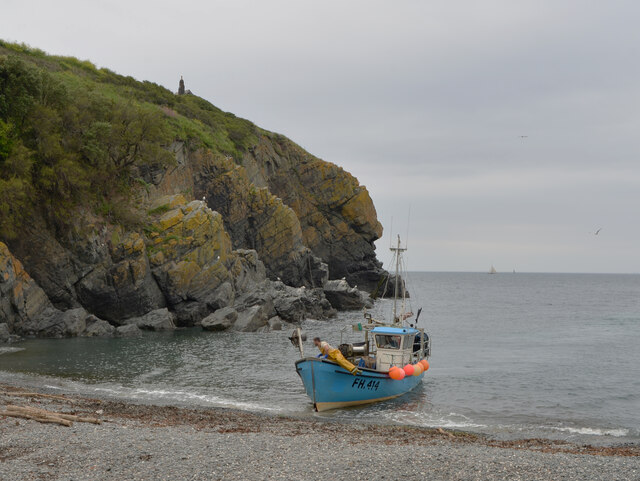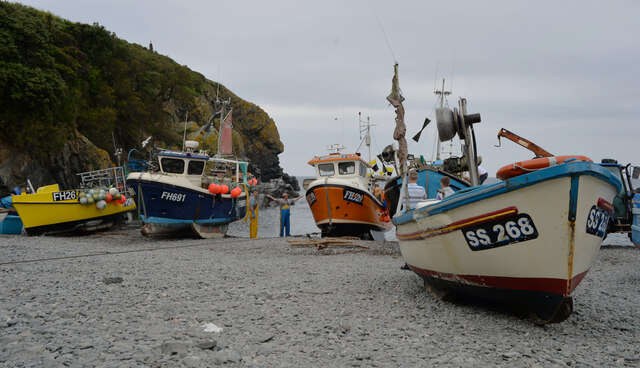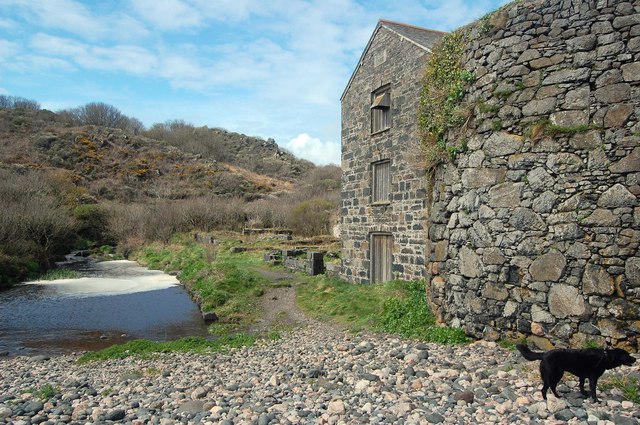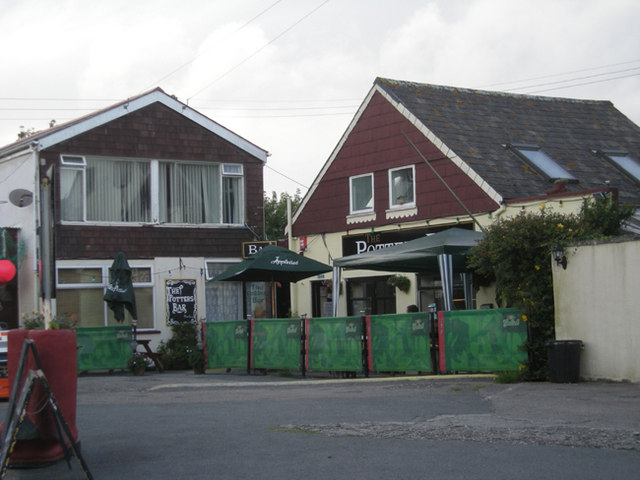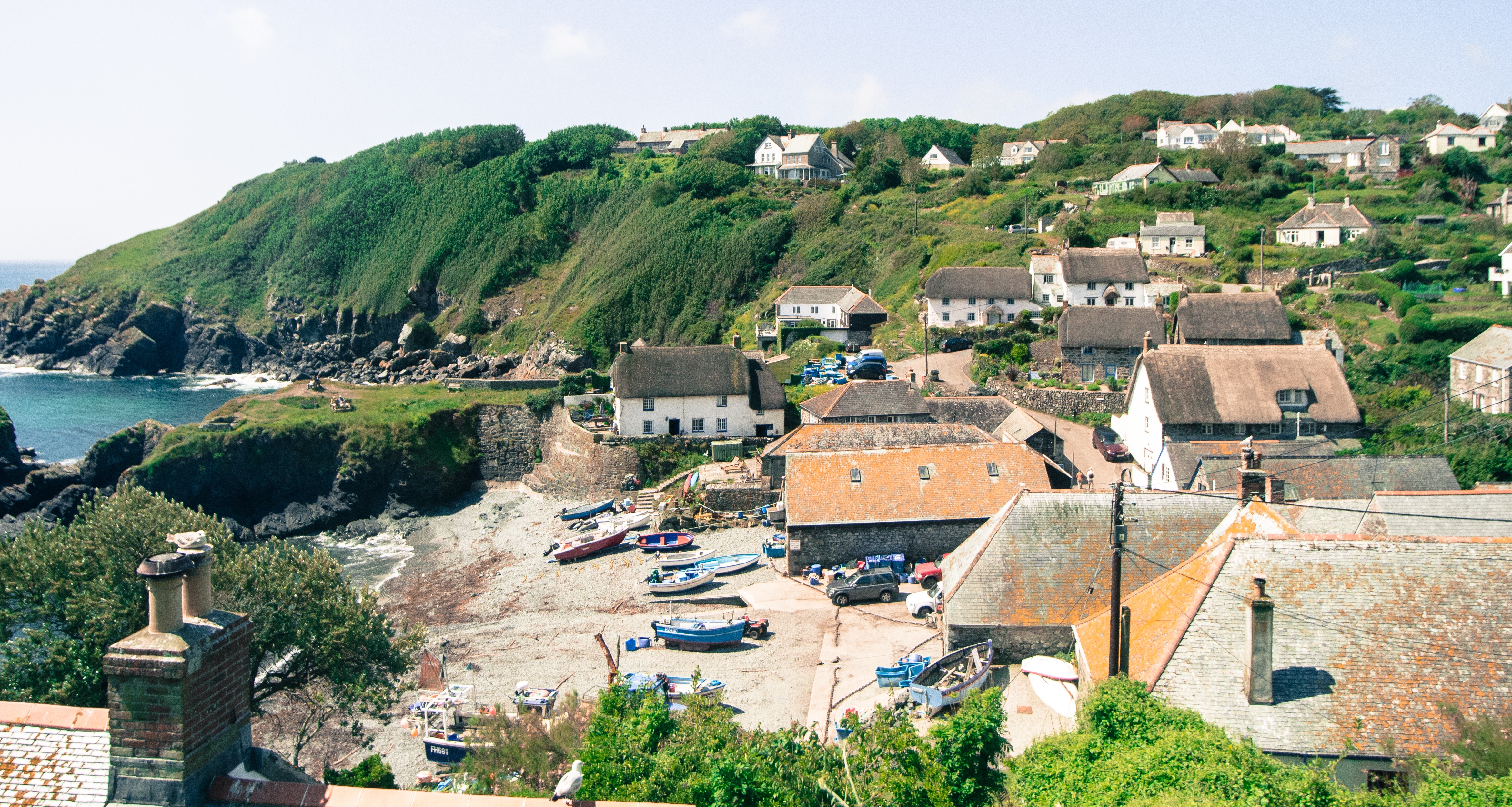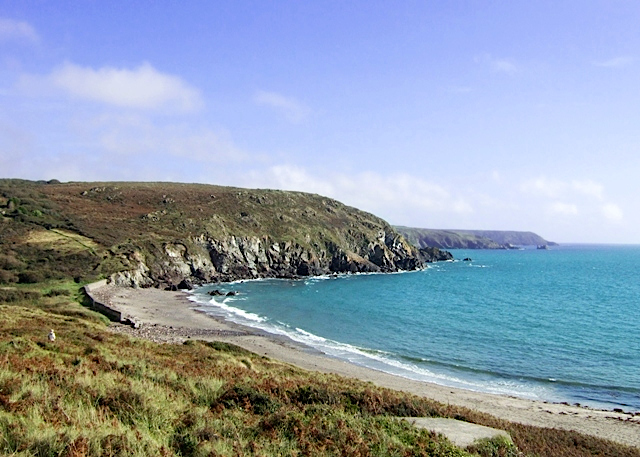Black Rock
Island in Cornwall
England
Black Rock
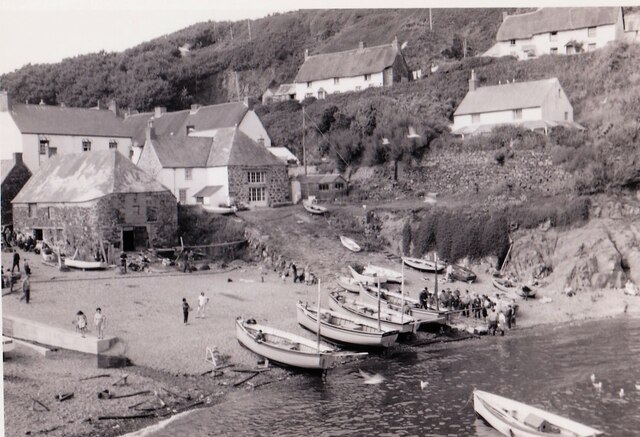
Black Rock is a small island located off the coast of Cornwall, England. It is situated in the Celtic Sea, about 2.5 miles southeast of the town of Perranporth. The island spans an area of approximately 10 acres and is known for its striking black cliffs and rocky terrain, which give it its name.
Access to Black Rock is only possible during low tide, as the island becomes completely submerged during high tide. A natural causeway, known as Black Rock Causeway, connects the island to the mainland at low tide, allowing visitors to explore its unique landscape. However, caution must be exercised when crossing the causeway, as the rising tide can quickly cut off access to the island.
The island is home to a variety of seabirds, including fulmars, cormorants, and gulls, making it a popular spot for birdwatching enthusiasts. The rugged cliffs also provide nesting sites for these birds.
Although Black Rock lacks any permanent human inhabitants, it has a rich history. It is believed that the island was used as a lookout point during World War II, due to its strategic location overlooking the coast. Additionally, there are remnants of an old fisherman's cottage on the island, serving as a reminder of its past use.
Black Rock is a unique and picturesque destination, offering visitors a chance to witness the beauty of Cornwall's coastline and observe its diverse wildlife.
If you have any feedback on the listing, please let us know in the comments section below.
Black Rock Images
Images are sourced within 2km of 49.996029/-5.1706157 or Grid Reference SW7215. Thanks to Geograph Open Source API. All images are credited.
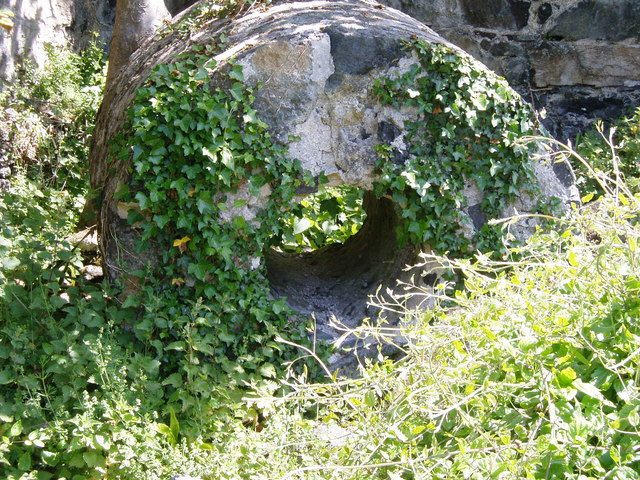




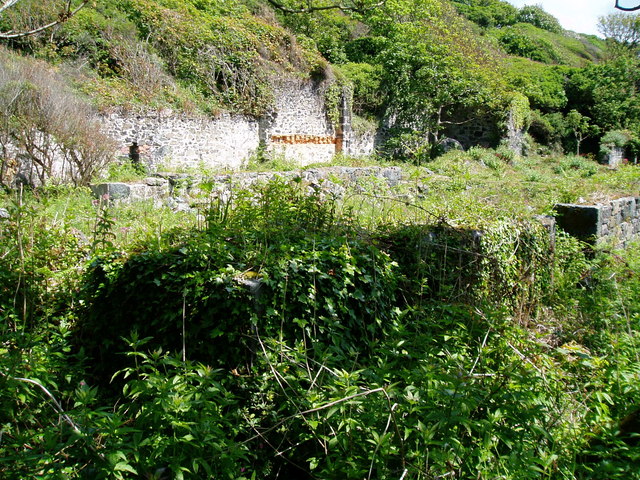
Black Rock is located at Grid Ref: SW7215 (Lat: 49.996029, Lng: -5.1706157)
Unitary Authority: Cornwall
Police Authority: Devon and Cornwall
What 3 Words
///hawks.mysteries.wing. Near Landewednack, Cornwall
Nearby Locations
Related Wikis
Poltesco
Poltesco is a hamlet and valley in the parish of Grade-Ruan, on the Lizard Peninsula, Cornwall, UK. The lower part of the valley is owned by the National...
Kuggar
Kuggar (Cornish: Koger) is a hamlet in the parish of Grade-Ruan in Cornwall, England. Kuggar, within the Cornwall Area of Outstanding Natural Beauty (AONB...
Cadgwith
Cadgwith (Cornish: Porthkajwydh, meaning cove of the thicket) is a village and fishing port in Cornwall, England, United Kingdom. It is on the Lizard Peninsula...
Kennack Sands
Kennack Sands is a beach and sand-dune system on the east coast of the Lizard Peninsula, Cornwall, England, UK. == Geography == The beach is approximately...
Nearby Amenities
Located within 500m of 49.996029,-5.1706157Have you been to Black Rock?
Leave your review of Black Rock below (or comments, questions and feedback).
